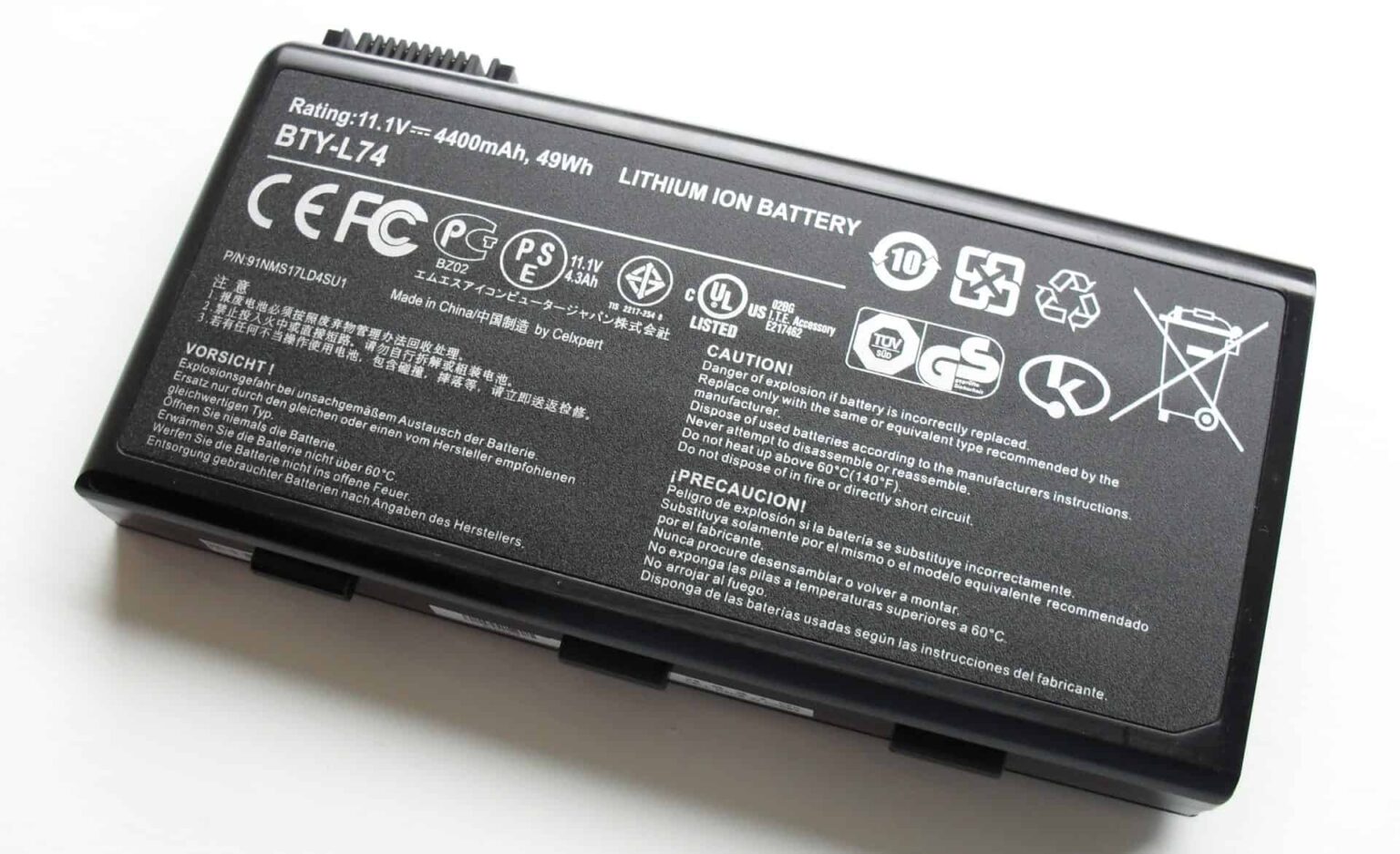EU Approves Stricter Sustainability Rules for Batteries
The European Parliament has approved stricter sustainability rules for batteries, and if the Commission agrees with the plans to make batteries replaceable and more recyclable, many tech companies will be able to rejoice. However, this European vision will not be an instant success.
EU Battery Directive
Brussels’ plans focus strongly on the future. The EU Battery Directive already stated that 70 percent of the weight of a lithium-ion battery consists of recycled material. Now the EU has further specified which requirements manufacturers must meet. Gradually, expectations regarding recycling percentages are increasing. This concerns both the quantity of recyclable materials and their use in new products.
These are clear objectives that have been set on the basis of existing trends. All this is inextricably linked to European plans to increase domestic battery production, so that it is expected to supply 17 percent of global demand by 2030. However, in the competitive battle with America, it seems that more investment is needed to lure battery makers here. Yet the EU also ensures that others are put to work, possibly resulting in drastic design changes.
Easily Replaceable
The great advantage for the EU as a supranational body is that it can make big choices on behalf of consumers to determine the behavior of companies. For example, there was already a forced switch to USB-C as a universal charging standard, also for lagging Apple who has remained attached to its own Lighting cables. Now there is also battery replacement. The EU requires equipment with portable batteries to be ‘easily’ replaceable.
That sounds simpler than it is. It’s true that phones from almost two decades ago almost always had a simple mechanism for replacing the battery. With the advent of smartphones, this has become less and less the case. Devices such as laptops and tablets are also often difficult or impossible to tinker with, so that they become e-waste relatively quickly.
Nevertheless, manufacturers have to comply with EU rules. It is not clear what the fines are for violating this substitution requirement. However, with the hefty sums of money for GDPR violations, we see where the EU stands when it comes to consumer interests: those who do not cooperate pay the main price. So there is no other way than to make the accessibility of batteries a lot better. What the EU will see as acceptable remains to be seen. What if only a technician can practically replace a battery? Should AirPod boxes and smartwatches also be able to easily accept a new battery? It may be a requirement, but it remains to be seen how feasible the adaptation of these products is.
Recycling for Big and Small
However, the EU’s battery vision goes further than just user-friendliness. The recycling objectives are a lot more concrete and realistic. For example, it is known that lithium is difficult to recycle, so that this material will only be reused for 6 percent in 2030 compared to 16 percent for cobalt.
The European Union is taking a strong stance on sustainability and battery recycling, and it is clear that tech companies will have to comply with the new regulations. The EU is pushing for more accessible batteries and higher recycling percentages, and manufacturers will have to make sure their products meet the new standards. It remains to be seen how feasible the adaptation of these products is, but the EU is committed to protecting consumer interests and making sure that batteries are more sustainable and recyclable.





